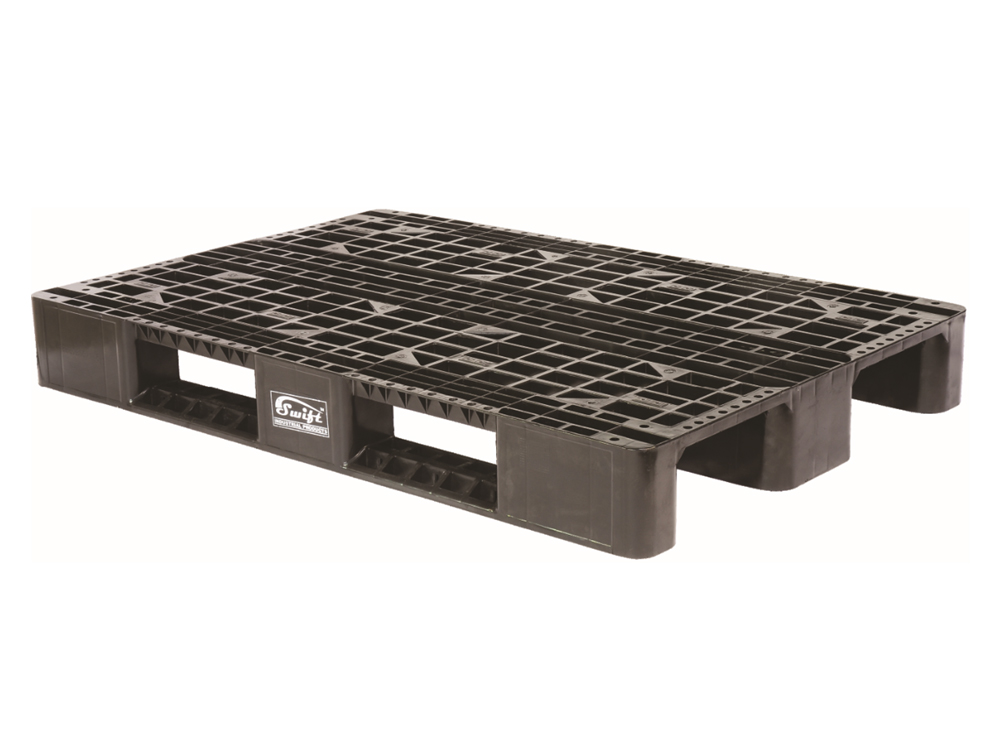Palletization is a term that refers to three different fields in the pallet distribution industry.
First, palletization is the process of putting things on pallets. They are then used for handling or moving things. Next, we’ll talk about how pallets help with material handling. Finally, a vaguer definition of palletization refers to how well a person can handle pallets.
Keep reading this text to find out why using cargo pallets manufacturers might be a good idea and how it might help your warehouse run more efficiently and effectively.
Some carriers won’t take your goods if they don’t have to, but others will.
Pallets are used by almost every business that moves goods by truck. They make it easier to unload trucks and containers and make it easier to track and organize operations.
Freight that is “floor laden,” which means it is packed on the floor of a container, is more likely to move during transportation and often needs extra protection in the form of cargo straps or bars. As a result, many carriers don’t think floor-loaded freight is worth the extra work it takes to move it safely. The logistics company should know in advance if you need to send items that are on the ground so that they can be moved.
However, not all carriers need or even allow palletized freight to be shipped. Often, air freight companies don’t use pallets because they don’t want to use up a lot of space and weight. However, in most industries, not palletizing your goods puts you at a loss.
Pallets make it very easy to move and handle things.
There is no way to separate them. When the two technologies are used together, they make it the easiest and most efficient way to move goods around a warehouse or loading dock. Most shipping pallets are made so that a forklift can lift and move them.
More work and time are involved if you don’t have the right tools. It doesn’t matter if a warehouse has essential pallet handling tools like forklifts and pallet jacks; most palletized items can be easily moved around. If you don’t put your things on pallets, you’re taking away some of the most essential tools that warehouses use to manage freight.
Pallets give you more ways to store things.
Pallets have made a lot of storage improvements possible. Forklift operators can put pallets on high shelves, which give them many vertical options for organizing things. With a simple slotting-in operation, people can store things on two, three, or more shelves high. Without pallets, you’ll spend a lot of time loading and unloading goods from high shelves. That is, if you can use a vertical approach at all.
Palletizing products makes it easier to keep track of inventory and count the number of items.
Effective inventory management is vital for any warehouse, and pallets make it easier to count and track products. Use inventory management systems like pallet barcode scanners to keep track of your stock and incoming and outgoing shipments. Barcode IDs on the pallets can be used to do this.
Pallets are important for the airflow of certain goods.
Food, such as fresh food, needs space to move around. Gaps at the bottom of a traditional pallet are significant for the proper storage of these things because they let air currents move in and out, which is good for something. When pallets are used to transport fruit or other goods that need to be kept cool, they do this in a way that most other cargo arrangements don’t.
These were some fantastic reasons to use cargo export pallets packing.


